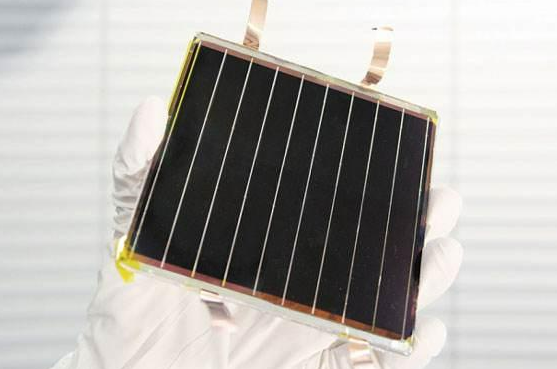
The research team of Ningbo Institute of Materials Technology & Engineering, Chinese Academy of Sciences, recently has made progress in high efficient and stable perovskite/silicon tandem cells.
The team used a long carbon chain anionic surfactant additive, which was found can improve the growth kinetics of perovskite crystalline through surface self separation and micellization. They also constructed a colloidal like scaffold at the boundary to eliminate residual stress, reduce defects in the perovskite active layer, inhibit ion migration, and improve energy level structure.
As the result, the unpackaged perovskite single junction and perovskite tandem solar cells maintained the initial performance of 85.7% and 93.6%, respectively, during the operation stability tests under maximum power point tracking for 3,000 hours and 450 hours.
Although the current efficiency of perovskite tandem solar cells can reach 33.2%, the long-term stability of the perovskite active layer is one of the most urgent issues hindering its commercialization.
The research work has also been supported by National Key R&D Plan, Science and Technology Development Fund (FDCT), and the Research Fund of the University of Macau.
Currently, improving the stability of perovskite devices is usually managed in packaging processes, crystalline control engineering, defect passivation methods, and band adjustment methods. However, similar to stress corrosion in many metal, glass, and polymer materials, time-dependent subcritical perovskite degradation caused by inevitable tensile stress during device manufacturing and operation still occurs.
At micro level, this stress can weaken the coupling of lead halide orbitals, thereby altering material properties related to structure, reducing the potential barriers for phase transitions, defect formation, and ion migration. On macro level, this stress can promote cracks and delamination, thereby accelerating the degradation of perovskite, leading to a decrease in device efficiency or even failure.
Relevant results have been published on Nature Communications on the topic of Long-chain Anionic Surfactants Enabling Stable Perovskite/Silicon Tandems with Greatly Suppressed Stress Corrosion.